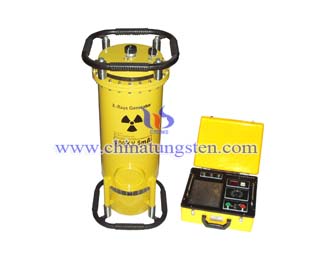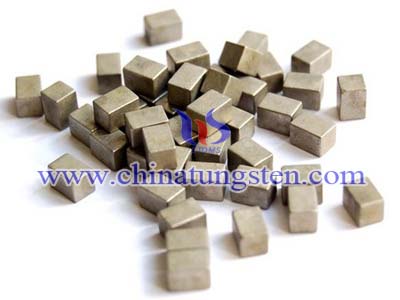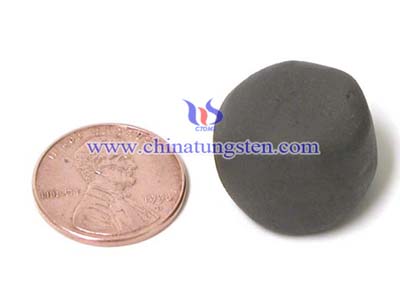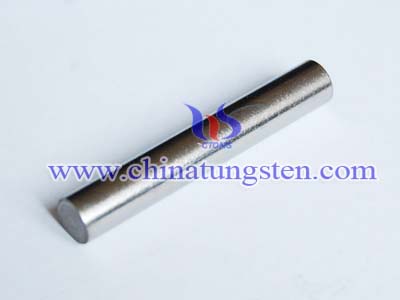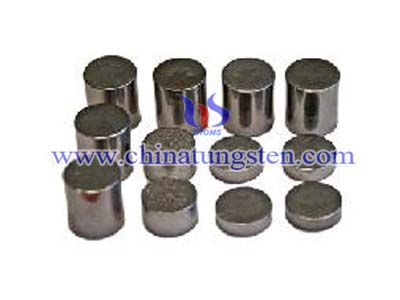Application of Tungsten Alloy Radiation Shielding
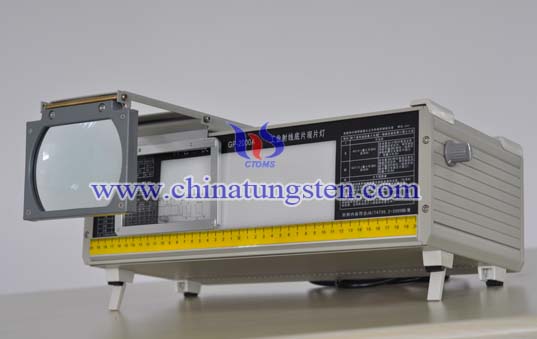
Whether you need to protect sensitive electronic equipment or delicate human tissue, the energy-absorbing properties of Mi-Tech Metals' tungsten alloys make them exceptional choices for radiation shielding applications, in both medical and industrial settings.
Tungsten alloy is used as collimator or tungsten alloy radiation shielding in the following applications:
Geologging:
Geologging is an exploration technique used mainly in the oil and gas industries. It is also known as wire line logging and borehole logging. A gamma ray source is lowered into a borehole and the radiation penetrates the rock strata. This data can then be analysis to determine whether deposits of gas or oil are present. Tungsten alloy is used to shield the radioactive source and to act as a collimator for the gamma beam.
Storing and transporting radioactive material:
Though lead has long been used for storing and transporting radioactive material, but it creates environmental hazards. Further, relatively large amounts of lead are required for effective shielding. Tungsten alloy, on the other hand, are the perfect solution: They used in collimators, isotope shipping containers, gamma cameras, cobalt teletherapy machines, nuclear reactors and more. And they are environmentally friendly, and they are 50% more dense than lead, providing more effective shielding with less material.
Pie-line inspection:
Radiation is used to inspect welds and to detect cracks in pipelines. A gamma source is mounted on a remote-controlled wheeled trolley (sometimes called a "pig") and travels inside the length of the pipe. A WOLFMET tungsten collimator is used to direct the radiation onto the target, whilst the radioactive source is housed inside tungsten shielding
Industrial radiography:
Industrial radiography uses gamma radiation to detect structural faults in materials such as metal and concrete. As with pipe-line inspection, the equipment uses tungsten shielding, coupled with a tungsten collimator. Thickness, density and level gauging Radioactive sources are used in industrial processes to measure thickness, density or levels of materials during production e.g. paper, plastic film, steel sheet or surface coatings. The material passes between a radioactive source, which is housed in tungsten alloy radiation shielding, and a detector. The strength of the detector signal is used to measure the thickness, density or level of the material.
Homeland Security and Border Control:
The penetrating power of radiation has also been put to use in the fight against terrorism. The Homeland Security industry has designed scanners that use gamma radiation to detect objects in cargo containers or airline baggage.
The radioactive sources are very strong and require tungsten shielding to protect security staff and members of the public from the radiation. A tungsten collimator is also required to direct the gamma radiation onto its target.

